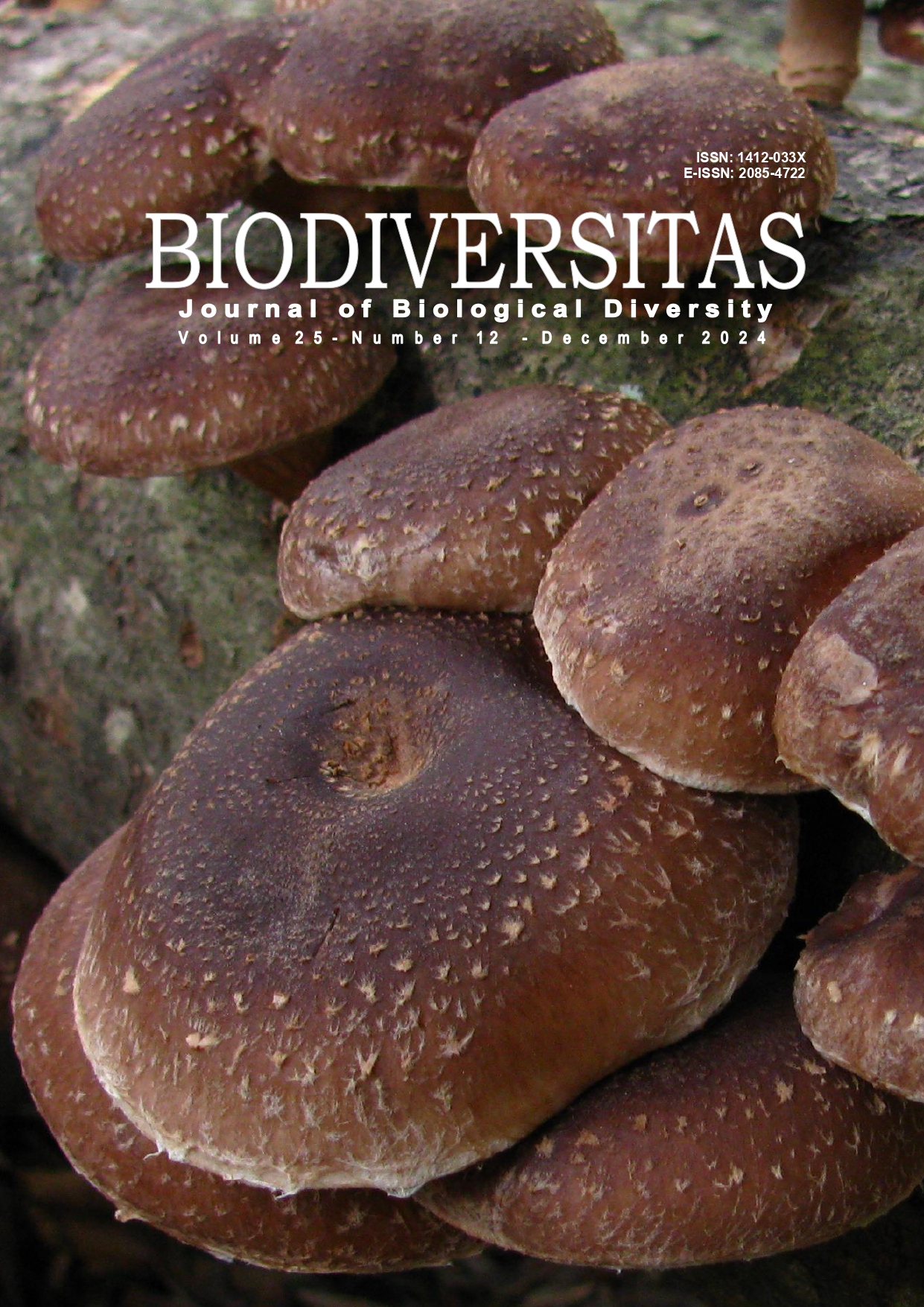Ethnopharmacological study of medicinal plants used on usadha rare remedies in Bali Province, Indonesia
##plugins.themes.bootstrap3.article.main##
Abstract
Abstract. Widhiantara IG, Putra IMWA, Lestari NKD, Wiradana PA, Permatasari AAAP, Sari NKY, Windarista NPL, Elizabeth G, Sucipto TH. 2024. Ethnopharmacological study of medicinal plants used on usadha rare remedies in Bali Province, Indonesia. Biodiversitas 25: 4723-4736. Lontar usadha rare is an inventory of ancient manuscripts on traditional Balinese medicine, with a focus on the system of treating disorders in children. This manuscript presents various information about various types of medicinal plants, formulation methods, and application by the Balinese people for hundreds of years. However, most of the knowledge contained in the lontar is only known to traditional medical practitioners and includes behaviors that are typical of the usage of medicinal plants. This study aimed to examine and document the diversity of medicinal plants used in usadha rare in Bali Province, Indonesia. Data were collected through direct interviews conducted with traditional medical practitioners selected using a purposive sampling method. This study was conducted from May to September 2024, and data that was successfully collected included the type of plant, regional name, Latin name, parts used, method of application, and diseases treated. Data collected were analyzed subjectively and quantitatively using diagrams, graphs, and tables, and then the Use Value (UV) was used to assess the results. The results showed that there were 65 types of medicinal plants from 34 families successfully identified in usadha rare treatment. Plant families most frequently used by traditional medical practitioners include Zingiberaceae (12.31%), Asteraceae (7.69%), as well as Apiaceae, Apocynaceae, Euphorbiaceae, Menispermaceae, Piperaceae, and Rubiaceae, each with 4.62%. In most cases, leaves were more widely used, followed by fruits, bark, rhizomes, and flowers. Boiling and pounding were the basic methods in making preparations from medicinal plants, while topical external use was the most common way of administering medicine to infants and children. Medicinal plants were often used to treat fever, diarrhea, bloating, and body warming, relieve coughs and toothaches, and heal wounds in children.

